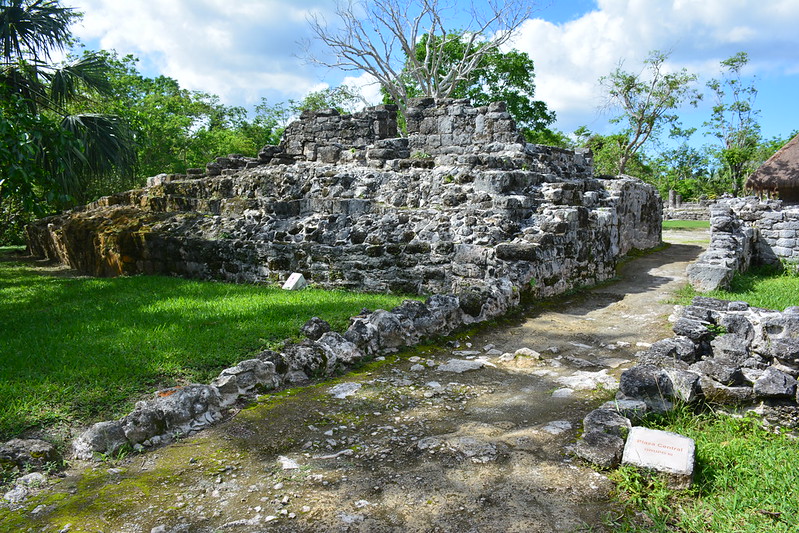The Cozumel Mayan Ruins: San Gervasio

Besides its beaches, eco-parks, and hotels, the Yucatan peninsula is host to countless ancient ruins, an invaluable wealth of information about the Mayans who used to live here, and Cozumel—despite being an island—is no exception. San Gervasio is the only archeological site on the island still with vestiges of the buildings that used to make up an important economic and commerce center, which linked Cozumel with other important Mayan cities on the mainland.
Where is San Gervasio?
Cozumel doesn’t have that many highways, and only one crosses the island. The Transversal de Cozumel Highway passes directly in front of the entrance to San Gervasio. Once there, a paved road takes visitors directly to the ruins—easy. Additionally, any taxi driver knows the direction to the ruins and visitors can book a tour, which usually includes transportation, from any hotel or online.
At its peak, San Gervasio was the most important Mayan city in Cozumel
There aren’t many ruins left in Cozumel, but San Gervasio is considered the most important. A small settlement at the beginning—like others believed to have existed around the island—that grew until it became a center of commerce of considerable size. It is thought this happened as it formed part of a network that connected it with other important cities on the mainland; most notably, Chichen Itza.
As there are a few different buildings to see, visitors should have a guide. They can book a tour in advance or with one of the guides at San Gervasio itself. They are certified and capable, and they won’t just show you around, but teach you about the city; its commercial importance, architecture, culture, and even its relationship with the ecosystem, including a sacred tree or two.
What facilities are at San Gervasio?
San Gervasio is a well-established archeological site. Besides the already mentioned guides’ office, it has a parking lot, bathrooms, a gift shop, and even a snack bar to have a refreshing drink after a hot morning of walking around the ruins.
